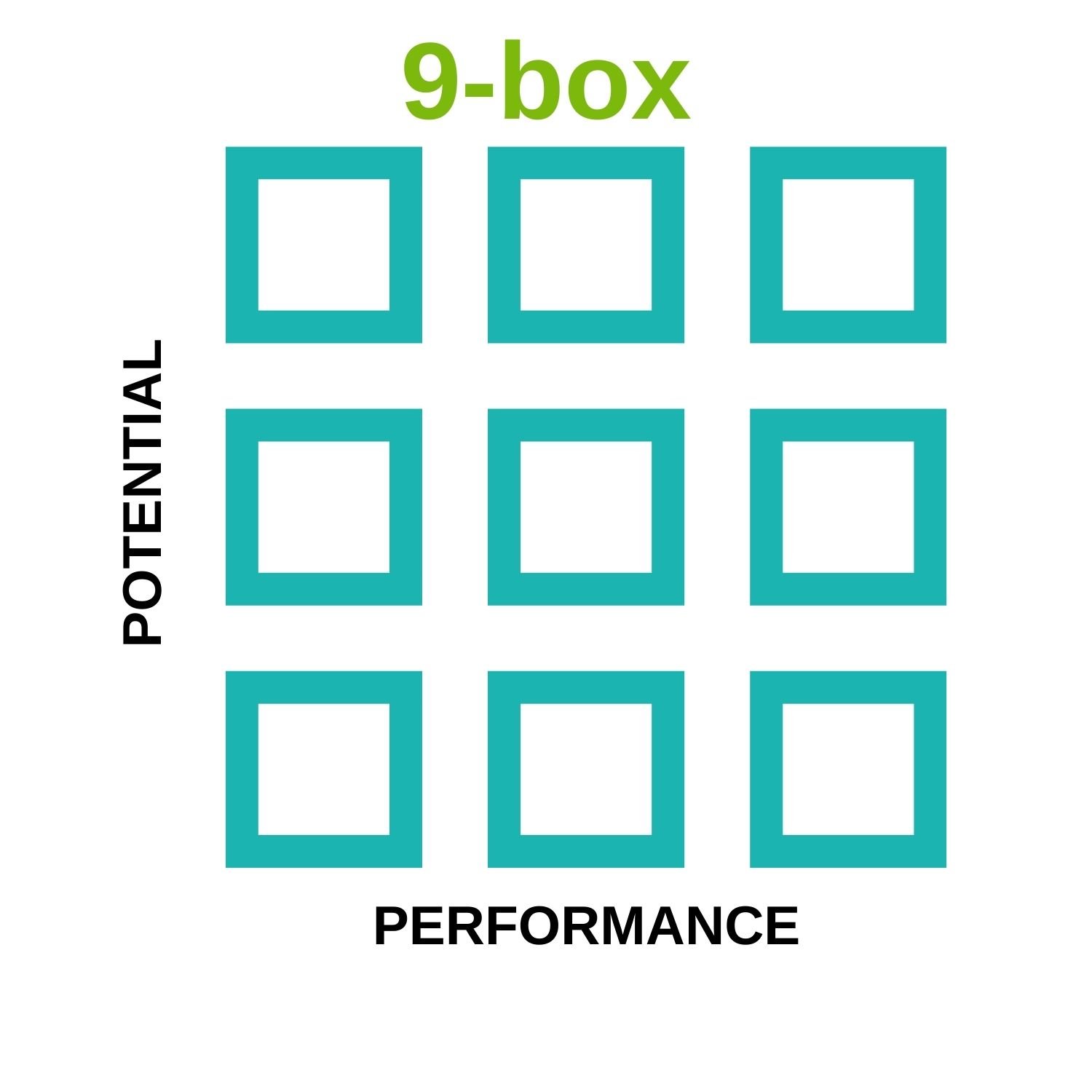Use the Employee Performance Continuum to quickly surface and differentiate five employee performance types:
.gif)
![]()
The 9-Box is a commonly used tool to measure PERFORMANCE & POTENTIAL. If you're wondering about the difference between the 4 and 9-box read on:
The 9-Box measures PERFORMANCE and POTENTIAL
The 4-Box (The Employee Performance Continuum) measures just PERFORMANCE.
Performance is broken into two components: WORK RESULTS & BEHAVIOR.
Ask yourself what you are trying to achieve. If your goal is understanding and measuring employee performance then use the Employee Performance Continuum.

Try Using the Employee Performance Continuum to Measure Employee Performance |
-1.gif)
|
It's easy, intuitive, and more accurate than the traditional "Meets Expectations" style ratings! |